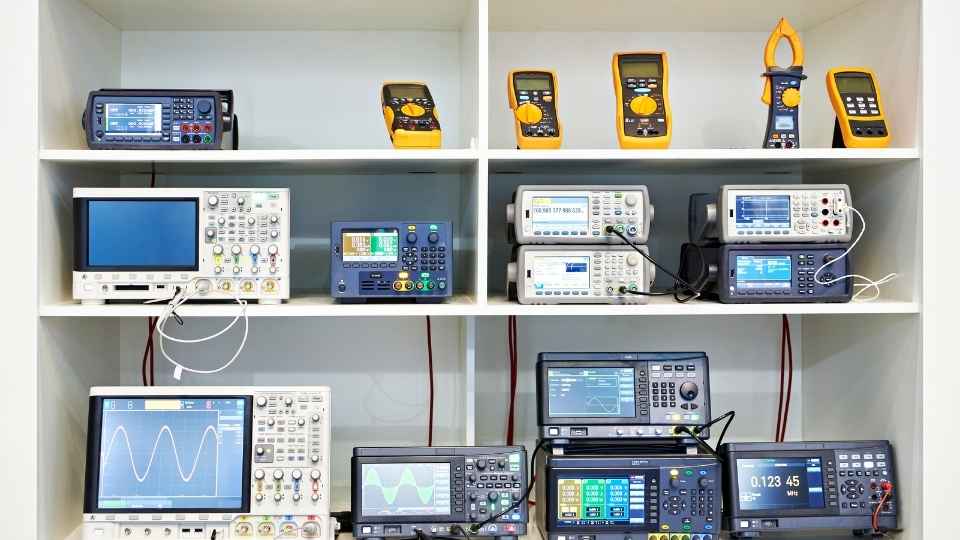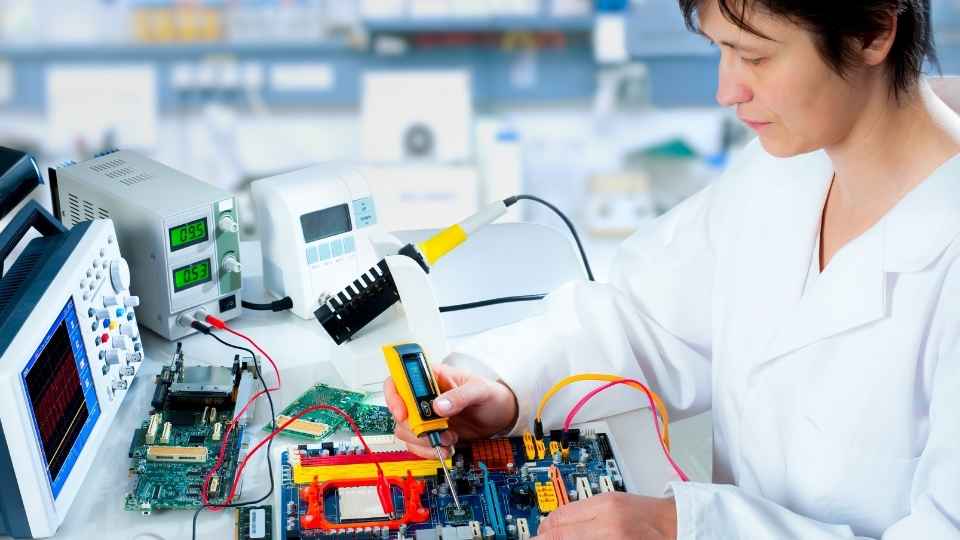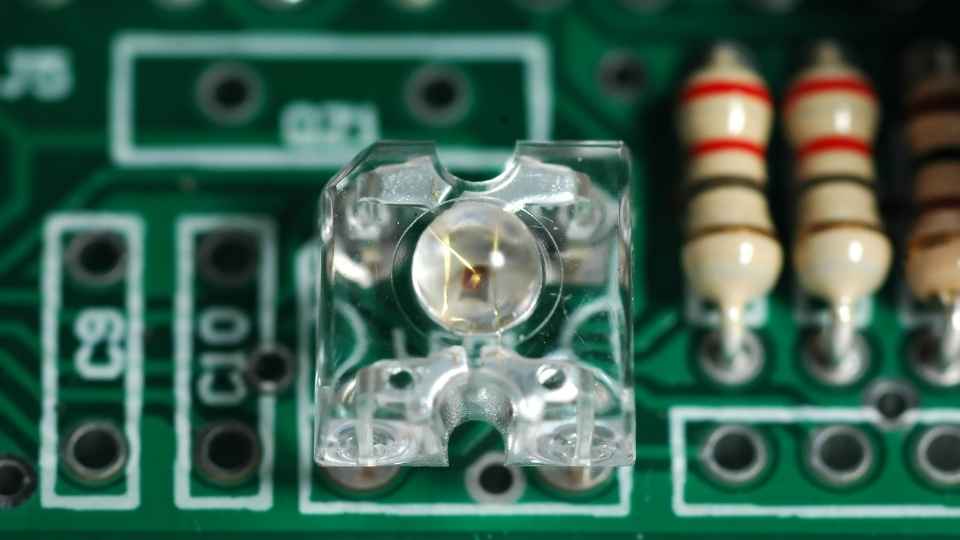
In the realm of signal integrity, where every pulse and wave carries critical information, minimizing noise and maximizing signal quality become paramount. Like a symphony conductor striving for perfect harmony amidst a cacophony of instruments, engineers must navigate through a myriad of challenges to achieve optimal performance.
This article delves into the technical intricacies and analytical strategies that enable professionals to mitigate interference, tackle crosstalk, optimize grounding techniques, employ effective shielding, and ultimately unlock the true potential of signal quality for maximum freedom in their designs.
Key Takeaways
- Electromagnetic interference (EMI), crosstalk, power supply noise, and impedance mismatches are common sources of signal noise that can impact signal integrity.
- Strategies for minimizing signal noise and improving signal quality include utilizing shielding techniques, carefully routing traces on PCBs, implementing proper grounding and power distribution techniques, and creating a clean signal path.
- Crosstalk refers to the unwanted coupling of signals between adjacent conductors and can lead to interference and degradation in signal quality.
- Effective grounding techniques and shielding play a critical role in minimizing noise and maximizing signal quality, ensuring stability and reliability of electronic systems.
Common Sources of Signal Noise
One of the key considerations in signal integrity is identifying and understanding common sources of signal noise that can potentially degrade the quality of the signal. Signal noise refers to any unwanted electrical fluctuations or interferences that disrupt the intended transmission of a signal.
These disruptions can arise from various sources, including electromagnetic interference (EMI), crosstalk, power supply noise, and impedance mismatches. EMI occurs when external electromagnetic fields interfere with the signal path, leading to distortions or corruptions in the transmitted data.
Crosstalk happens when signals from adjacent channels interfere with each other due to inadequate isolation or coupling. Power supply noise arises from fluctuations in the power source, causing variations in voltage levels that impact signal quality. Impedance mismatches occur when there is a mismatch between the output impedance of a driver and the input impedance of its receiver, resulting in reflections and distortions.
Identifying these common sources of signal noise is essential for developing effective strategies to minimize their impact on signal integrity and maximize overall system performance.
Strategies for Interference Reduction
To effectively mitigate interference and optimize the performance of a signal, implementing various strategies for reducing unwanted disturbances is essential.

One common strategy is to utilize shielding techniques, such as using grounded metal enclosures or twisted pair cables to minimize electromagnetic interference (EMI) and radio frequency interference (RFI).
Another approach involves careful routing of traces on printed circuit boards (PCBs) to reduce crosstalk between adjacent signals. By maintaining appropriate spacing and utilizing differential signaling, crosstalk can be minimized, resulting in improved signal quality.
Additionally, employing proper grounding and power distribution techniques can help eliminate ground loops and reduce noise induced by power sources. These strategies work together to create a clean signal path, allowing for accurate data transmission with minimal distortion.
Now let's explore crosstalk and its impact on signal quality.
Exploring Crosstalk and Its Impact on Signal Quality
An understanding of crosstalk and its effects on the transmission of data is crucial for ensuring reliable and accurate communication within electronic systems.
Crosstalk refers to the unwanted coupling of signals between adjacent conductors, which can lead to interference and degradation in signal quality. This phenomenon occurs when signals from one conductor induce voltages or currents in neighboring conductors, resulting in cross-interference that can distort or corrupt the intended signal.
The impact of crosstalk can be particularly significant in high-speed digital communication systems, where fast switching times and tightly packed circuits increase the likelihood of signal coupling.

To minimize crosstalk, various mitigation techniques such as proper routing, shielding, and impedance control are employed.
Techniques for Effective Grounding
Effective grounding techniques play a crucial role in ensuring the stability and reliability of electronic systems by providing a low-resistance path for electrical current to flow safely to the ground. By properly implementing these techniques, engineers can minimize noise and maximize signal quality in their designs.
Here are three key grounding techniques that can help achieve this:
Single-Point Grounding: This technique involves connecting all components to a single ground point, reducing ground loops and minimizing the risk of circulating currents.
Ground Plane Design: A solid ground plane provides a low impedance reference for signals, minimizing electromagnetic interference (EMI) and improving signal integrity.
Separating Analog and Digital Grounds: Isolating analog and digital grounds helps prevent crosstalk between sensitive analog signals and noisy digital signals, reducing noise coupling.
The Role of Shielding in Signal Integrity
Shielding is a critical component in maintaining the reliability and stability of electronic systems. It helps protect sensitive components from external electromagnetic interference. In signal integrity, shielding plays an essential role in minimizing noise and maximizing signal quality.

By creating a conductive barrier around sensitive components or circuits, shielding prevents the intrusion of unwanted electromagnetic fields that can disrupt the transmission and reception of signals. Shielding materials such as metal enclosures, conductive coatings, and ferrite beads are commonly employed to attenuate electromagnetic interference (EMI) and radio frequency interference (RFI).
Properly designed shielding techniques ensure that electronic systems operate with minimal distortion or loss of data, allowing for accurate and reliable communication. As advancements in technology continue to push the boundaries of electronic performance, effective shielding remains crucial for ensuring optimal signal integrity in various applications ranging from telecommunications to aerospace.
To achieve optimum performance, it is necessary to focus on enhancing the transmission and reception of electronic signals while mitigating external disturbances. Signal quality plays a crucial role in ensuring the integrity and reliability of electronic systems.
Here are three key strategies to optimize signal quality for maximum performance:
Minimize noise: Noise can corrupt the transmitted or received signals, leading to errors and degraded performance. By employing proper grounding techniques, utilizing low-noise components, and implementing effective filtering mechanisms, unwanted noise can be minimized.
Impedance matching: Impedance mismatch between different components or transmission lines can cause signal reflections and distortions. Ensuring proper impedance matching through careful design considerations helps maximize signal integrity.
Signal conditioning: Signal conditioning techniques such as amplification, equalization, and timing adjustments can improve the overall signal quality by compensating for losses and distortions introduced during transmission.

Frequently Asked Questions
Signal noise can significantly impact signal integrity and overall system performance. It introduces unwanted variations in the signal, leading to errors, reduced data accuracy, and degraded transmission quality. Mitigating noise is crucial for maintaining optimal signal integrity and system functionality.
What Are the Common Types of Interference That Can Affect Signal Quality?
Common types of interference that can affect signal quality include electromagnetic interference (EMI), radio frequency interference (RFI), and crosstalk. These interferences can lead to data corruption, reduced transmission range, and decreased overall system performance.
How Can I Identify and Troubleshoot Sources of Crosstalk in My System?
To identify and troubleshoot sources of crosstalk in a system, one can employ various techniques such as signal analysis, isolation testing, and impedance matching. These methods enable the identification and mitigation of unwanted electrical coupling between signals, ensuring optimal signal integrity.
Are There Any Best Practices for Effective Grounding in High-Speed Signal Designs?
Effective grounding in high-speed signal designs is crucial for minimizing noise and maximizing signal quality. By implementing best practices, such as proper placement of ground planes and decoupling capacitors, designers can ensure reliable signal transmission and prevent potential issues caused by ground loops or electromagnetic interference.
What Are the Key Factors to Consider When Choosing the Appropriate Shielding Technique for My Specific Application?
When choosing the appropriate shielding technique for a specific application, key factors to consider include the frequency range of the signals, the level of noise interference, compatibility with other components, and cost-effectiveness.
 Basic Electronics ConceptsEssential ToolsCircuit Design BasicsMicrocontrollersDIY Electronics ProjectsRoboticsPrivacy PolicyTerms And Conditions
Basic Electronics ConceptsEssential ToolsCircuit Design BasicsMicrocontrollersDIY Electronics ProjectsRoboticsPrivacy PolicyTerms And Conditions
